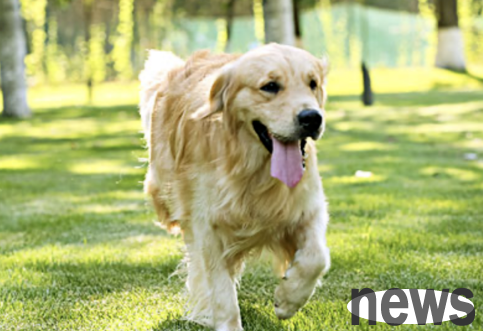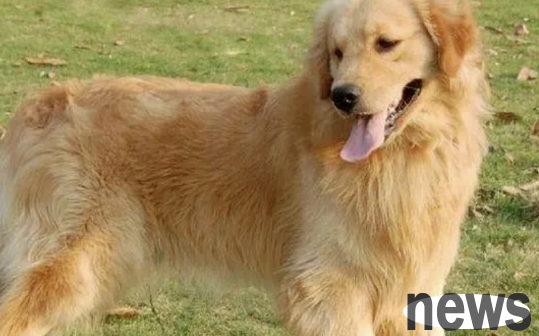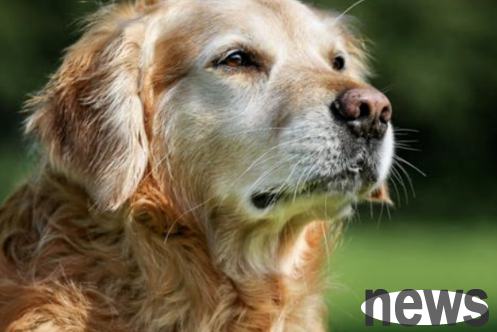The dog's sports needs are closely related to its breed, age, body shape and health. For example, large dogs such as Labradors and Huskys usually require more exercise to consume physical energy and maintain a healthy weight; although small dogs...
The dog's sports needs are closely related to its breed, age, body shape and health. For example, large dogs such as Labradors and Huskys usually require more exercise to consume physical energy and maintain a healthy weight; although small dogs require less exercise, they also need to exercise appropriately to prevent obesity. Young dogs are in the growth and development stage, and reasonable exercise can help the development of skeletal muscles; elderly dogs should appropriately reduce the intensity of exercise to prevent excessive joint pressure.
01
puppies (3-6 months)

The dog's bones and joints are still developing and require moderate but not excessively intense exercise. You can perform short-term activities in multiple times a day, such as 10-15 minutes of indoor or outdoor exploration games each time. Pay attention to avoid jumping, going up and down stairs and other actions that have greater pressure on joints to avoid affecting the normal growth of the bones.
02
Adolescents (7 months to 2 years old)

Dogs are vigorous and can gradually increase their exercise volume. Maintain at least half an hour to one hour of cardio exercise every day, such as walking, jogging, or basic agility training. At the same time, combining intellectual games and social interactions to meet their curiosity and learning needs. The exercise needs of
03
Adult dogs (3-8 years old)

Adult dogs vary by breed. Most medium and large dogs require at least 1-2 hours of high-intensity activities per day, such as long-term brisk walking, running, swimming or specialized working dog training. Small dogs usually keep gentle exercises for about 45 minutes to 1 hour, such as leisurely walking, chasing balls, etc.
04
Middle-aged and elderly dogs (over 8 years old)

Physical functions begin to gradually deteriorate, especially joint problems may be more obvious. Therefore, adjust the exercise plan mainly to low intensity and low impact, such as a relaxing walk for about 15-30 minutes each twice a day, and paired with some simple water exercise or physical therapy. Avoid exercising excessive fatigue or severe exercise that may lead to injury.
No matter what age you are in, the following principles are common:
Flexible adjustment of exercise plans according to the individual condition and physical fitness of the dog.
In high temperatures or cold seasons, pay special attention to the dog's physical reactions, replenish water in time and prevent overheating or cold.
Observe the dog's mental state and appetite before and after exercise. If there are any abnormalities, seek medical treatment as soon as possible.
Remember that exercise is not only physical exhaustion, but also mental stimulation. Regular intellectual toy challenges is also a good way to exercise.